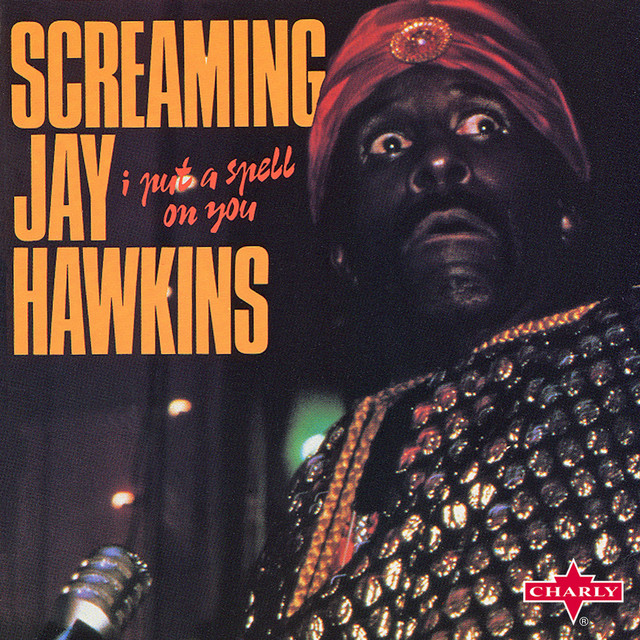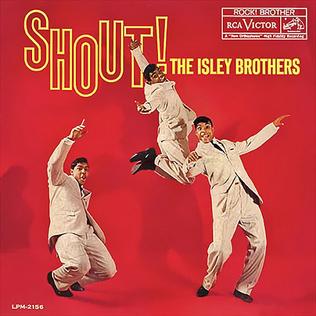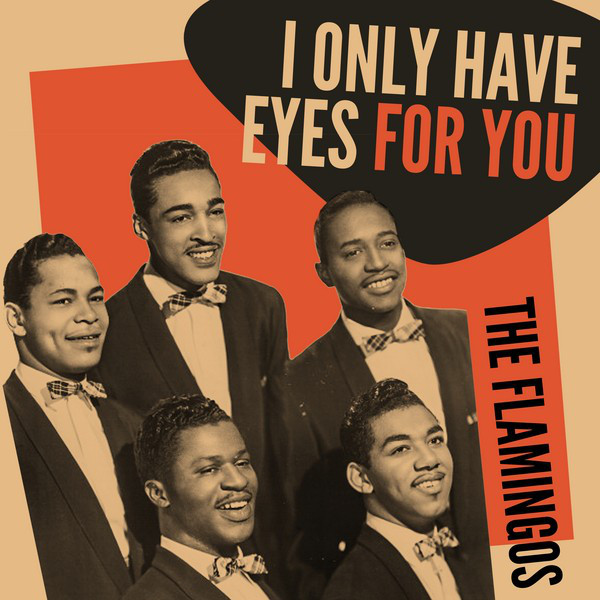 There are songs that make you fall in love, and then there are songs that make you feel the very ache of love itself—slow, smoky, and eternal. Chet Baker’s rendition of “My Funny Valentine,” recorded in 1954, is one of those rare pieces that seem to exist outside of time. It’s not just a jazz standard—it’s a ghostly waltz through the emotional corridors of longing, self-doubt, and fragile romance. Baker’s cool, minimalist approach, both vocally and on trumpet, redefined how love songs could sound. Gone were the grand orchestrations or theatrical flourishes typical of mid-century ballads. Instead, Baker’s “Valentine” was soft and introspective, like a confession whispered at closing time in a dimly lit club. His version didn’t demand your attention—it quietly took hold of your soul.
There are songs that make you fall in love, and then there are songs that make you feel the very ache of love itself—slow, smoky, and eternal. Chet Baker’s rendition of “My Funny Valentine,” recorded in 1954, is one of those rare pieces that seem to exist outside of time. It’s not just a jazz standard—it’s a ghostly waltz through the emotional corridors of longing, self-doubt, and fragile romance. Baker’s cool, minimalist approach, both vocally and on trumpet, redefined how love songs could sound. Gone were the grand orchestrations or theatrical flourishes typical of mid-century ballads. Instead, Baker’s “Valentine” was soft and introspective, like a confession whispered at closing time in a dimly lit club. His version didn’t demand your attention—it quietly took hold of your soul.
In 1954, jazz was still roaring from the bebop revolution led by Charlie Parker, Dizzy Gillespie, and Thelonious Monk. But Baker—young, handsome, and impossibly cool—was cut from a different cloth. Where others soared through technical fireworks, he drifted through tender melodies, drawing beauty from restraint. His “My Funny Valentine” distilled everything about his musical persona: the angelic voice tinged with sadness, the lyrical trumpet phrasing, and the sense that behind every note lay a heart that had already been broken once or twice. It became the definitive version of the Rodgers and Hart classic, eclipsing dozens of others before and after it.
A Song Born from Broadway
“My Funny Valentine” wasn’t originally written for jazz clubs. The song made its debut in 1937 in the Rodgers and Hart musical Babes in Arms, performed by actress Mitzi Green. The lyrics, penned by Lorenz Hart, are as unconventional as they are tender. Instead of worshipping the object of affection, the narrator teases and gently mocks them—calling out their “looks laughable, unphotographable” features—before delivering the disarming twist: “But you’re my favorite work of art.”
This blend of humor and vulnerability struck a chord with audiences, and by the 1940s, the song had already entered the jazz repertoire. Legends like Frank Sinatra, Sarah Vaughan, and Ella Fitzgerald recorded their own versions, each adding layers of sophistication and swing. But it wasn’t until Chet Baker took the tune two decades later that it became something else entirely—a work of introspective beauty that seemed to come from the depths of the soul.
Chet Baker: The Cool Cat of West Coast Jazz
By the early 1950s, Baker was already making waves as a rising star in the cool jazz movement that emerged from the West Coast. His collaboration with baritone saxophonist Gerry Mulligan brought him early fame; their pianoless quartet was groundbreaking for its open, airy sound. Baker’s trumpet tone—clear, lyrical, and slightly melancholy—was the perfect complement to Mulligan’s warm, deep sax lines.
When Baker recorded “My Funny Valentine” for Chet Baker Sings, it was something of a gamble. Many jazz purists thought of him as an instrumentalist, not a vocalist. But his voice—thin, fragile, and aching with sincerity—ended up being his secret weapon. There was no bravado, no pretense. It was intimate, almost as if he were singing only for himself. And that’s what made it magical.
His phrasing on “My Funny Valentine” feels improvised yet deliberate, drifting just slightly behind the beat. Every syllable seems to carry weight, yet it never sounds forced. The trumpet solo that follows is equally understated, weaving in and out of the melody like a sigh. Together, they create one of the most hauntingly beautiful performances in all of jazz.
The Art of Vulnerability
What makes Baker’s version of “My Funny Valentine” endure isn’t just the melody or the lyrics—it’s the emotion behind it. Most love songs are about seduction, passion, or heartbreak. Baker’s “Valentine” is about acceptance. It’s about loving someone for their imperfections, about seeing beauty in the flaws.
There’s a vulnerability in Baker’s delivery that feels almost painful. You get the sense that he’s singing not about an idealized lover, but about someone real—someone who’s been hurt, just as he has. That emotional honesty is what separated him from other jazz singers of the time. Sinatra could croon with class and charm; Ella could soar with technical perfection. But Baker bled through his songs.
In an era dominated by swagger and sophistication, Baker made sensitivity cool. His “My Funny Valentine” whispered that it was okay to be uncertain, to love quietly, to not have all the answers. That message resonated deeply, especially with the post-war generation looking for something more personal than big-band romance.
A Timeless Classic
Over the decades, “My Funny Valentine” has been covered by hundreds of artists—from Miles Davis to Chaka Khan, from Elvis Costello to Rickie Lee Jones. Each brought their own flavor, but Chet Baker’s remains the gold standard. It’s been featured in countless films, television shows, and even commercials, often used to underscore moments of nostalgia or bittersweet reflection.
Part of the song’s staying power comes from its dual nature—it’s both romantic and melancholic, elegant and weary. It captures that universal human feeling of loving someone who’s perfectly imperfect. And because of Baker’s stripped-down approach, it leaves space for the listener’s own emotions to fill the gaps.
You can listen to “My Funny Valentine” a hundred times and hear something new each time: a flicker of regret in his tone, a trace of hope in the trumpet, a pause that feels like a lifetime. That’s the beauty of Baker’s interpretation—it never grows old, because it’s alive.
The Myth and the Man
Of course, the legend of Chet Baker is inseparable from the tragedy of his life. Behind the movie-star looks and cool demeanor was a man plagued by addiction and personal demons. His career was as turbulent as his love life, with long stretches of incarceration, financial struggles, and physical decline.
Yet through it all, “My Funny Valentine” remained his signature song—the one he returned to again and again, even as time and hardship took their toll on his once angelic face and voice. When he sang it in later years, the cracks in his tone made it even more poignant. It wasn’t just a love song anymore; it was a reflection on everything he’d lost and everything he still longed for.
That duality—beauty and pain, talent and tragedy—made Baker one of the most compelling figures in jazz history. And “My Funny Valentine” is his most enduring statement, the song that encapsulates both his genius and his fragility.
Musical Anatomy: The Power of Simplicity
From a technical standpoint, Baker’s “My Funny Valentine” is deceptively simple. The arrangement is sparse—just a rhythm section and trumpet, with no lush strings or grand crescendos. The tempo is unhurried, almost languid, allowing every note to breathe.
His trumpet lines are lyrical rather than flashy, using space as effectively as sound. This minimalism was part of the cool jazz aesthetic, but Baker took it a step further. He didn’t just play softly; he felt softly. His restraint wasn’t about technical limitation—it was about emotional control.
The result is a performance that feels suspended in midair, as if time itself had slowed down to listen. It’s a masterclass in less-is-more artistry, proving that sometimes the quietest notes speak the loudest truths.
Influence and Legacy
Chet Baker’s interpretation of “My Funny Valentine” didn’t just define his career—it reshaped the emotional vocabulary of jazz. It showed that vulnerability could be as powerful as virtuosity, that coolness could coexist with heartbreak.
Artists from Norah Jones to Diana Krall have cited Baker as a major influence. His soft, breathy singing style helped pave the way for a more intimate form of vocal jazz, one that blurred the lines between singing and speaking, between performing and confessing.
Even outside of jazz, his influence lingers. Pop singers, indie artists, and even filmmakers have drawn inspiration from the haunting mood of his recordings. “My Funny Valentine” has appeared in everything from The Talented Mr. Ripley to The West Wing, each time evoking that same atmosphere of bittersweet beauty.
The Eternal Valentine
Listening to “My Funny Valentine” today, more than sixty years after it was recorded, feels like opening a time capsule filled with emotion. The world has changed a thousand times over, but that voice, that trumpet, that melody—they remain untouched by time.
It’s the kind of song that reminds you what music is for—not just to entertain, but to connect. To make you feel seen, to make you remember, to make you ache a little. Baker’s “Valentine” doesn’t tell you what to feel; it simply is, and that’s why it works so powerfully.
The song’s central message—“don’t change a hair for me”—is as relevant now as it was in 1937. It’s a reminder that love isn’t about perfection; it’s about acceptance. And Chet Baker, through all his flaws and brilliance, embodied that truth better than anyone.
Conclusion: A Love Song That Never Ends
“My Funny Valentine” by Chet Baker is more than a jazz standard—it’s an emotional landmark. Recorded in 1954, it remains a quiet revolution in how we think about love, music, and vulnerability. It’s the sound of a man baring his soul without ever raising his voice.
For generations of listeners, it’s been a companion through heartbreaks, lonely nights, and moments of reflection. It’s timeless not because it’s old, but because it captures something unchanging about the human heart—the need to love and be loved, even when it hurts.
Chet Baker’s voice still lingers like smoke after the lights go out, his trumpet like a sigh in the dark. And somewhere, deep in that haunting melody, his funny valentine still smiles—unphotographable, unforgettable, and utterly, beautifully real.


